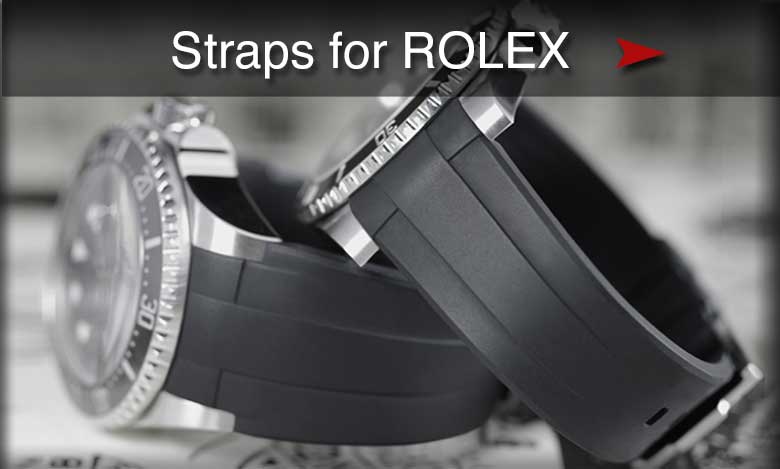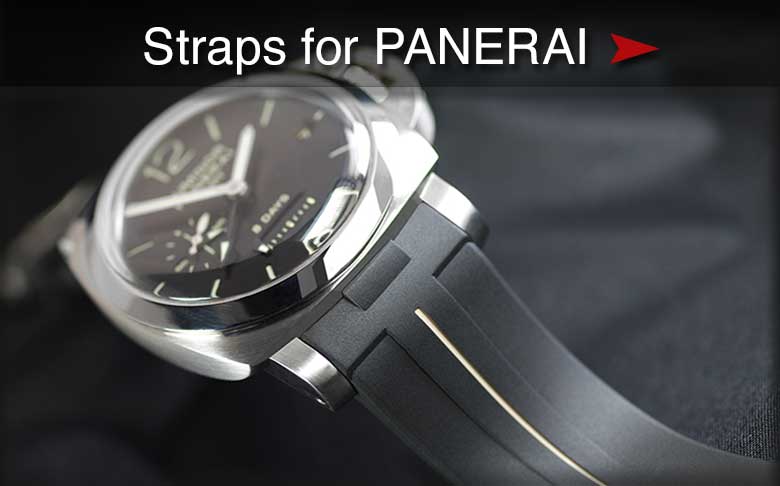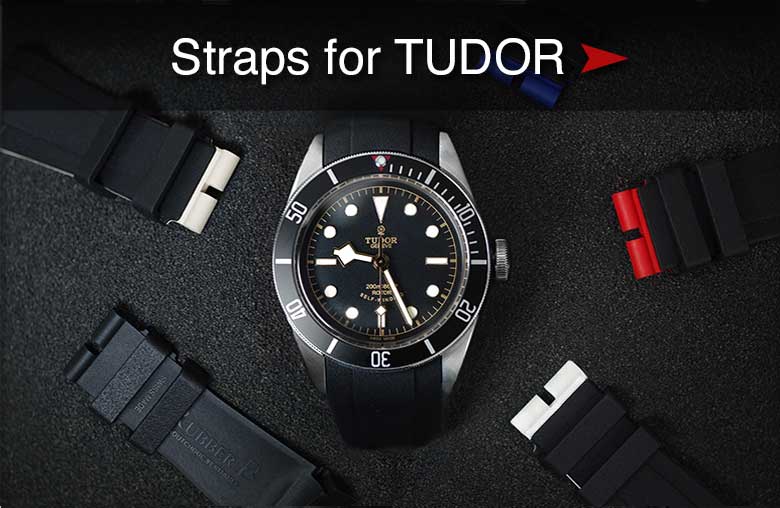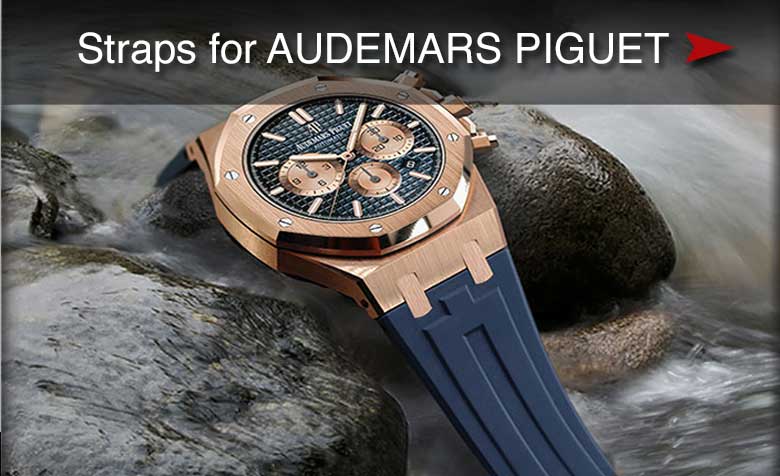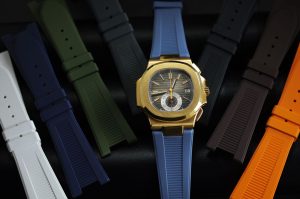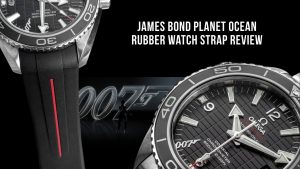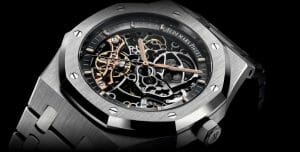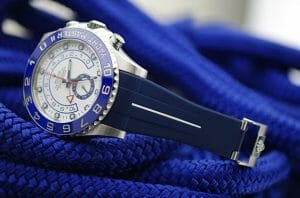
Before there was a Rolex for diving activities, Rolex was one of the first companies to develop the general waterproof case. There were many advances in watchmaking coming around the turn of the century.
Inventions That Led to the Best Luxury Dive Watch
François Borgel, a Genevan watch designer filed two patents in 1891 and 1903 for his threaded case design. The threaded design used a technique of screwing the case back into a ringed case. This helped protect the case from both humidity and dust, without requiring an outer cover to protect it.
Paul Perregaux and Georges Perret followed this up with a waterproof crown when they created the first screw down crown in 1925. Unfortunately the crown had some issues that remained. For example, the crown would still be engaged with the timepiece when the screw down process would take place, often throwing off the time.
Hans Wilsdorf, founder and director of Rolex saw the combination of the threaded case and screw-down crown could combine to make the first waterproof watch. In 1922 he helped launch the Submarine which had an outer case which was watertight. However, it required to open the outer case to wind the watch and certainly made the watch significantly larger.
However, when he saw the screw-down crown development, he quickly bought the patent rights from the inventors and applied for patents in the US, UK and Germany in 1926-1927. He improved on the design by relocating the seal to inside the crown tube itself.
The Rolex case supplier, C.R. Spillman SA, also solved the winding crown issue by creating a crown that would engage with the stem of the inner timepiece only when fully pulled out.
The resulting timepiece became known as the Rolex Oyster. In order to prove Rolex came up with the first waterproof timepiece Rolex asked long distance swimmer Mercedes Gleitze to wear the timepiece around her neck when attempting to swim across the English Channel. This was Gleitze’s second attempt, which was to do two things. First, she wanted to beat out another woman who claimed to swim the channel faster than her. Second, she wanted to prove critics who claimed she never completed the first swim at all.
Rolex had her wear the timepiece around her neck because they felt it would be less demanding on the timepiece that way. If it were on her wrist, it would have to endure her powerful strokes and potentially caused water to seep into the watch case.
Although Gleitze didn’t complete the swim across the channel Rolex’s Oyster case still came out as a winner. The story of Gleitze and Rolex came out on the front page of the Daily Mail newspaper, showing the world that Rolex has a proven waterproof watch.
Scuba Diving Watches – Before there was a Rolex for Diving
Yves Le Prieur developed some of the earliest breathing apparatus in 1926 and an enhanced version in 1933. Dive gear slowly became easier and less dangerous. Enhancements by many explorers, including Jacques-Yves Cousteau, made diving lighter and safer. His development of the Aqua-Lung and under sea films started to grow the popularity of diving around the world.
Also, dive depths started to increase as improvements were made to dive gear. World War II also put more pressure on the watchmaking world to develop a timepiece that wasn’t just waterproof, but truly made for Navy Seal divers.
Rolex and Panerai had partnered up to develop timepieces for the Italian naval divers. Panerai had pioneered the art of using Radeon as illumination on timepieces and many other components. Radeon wasn’t found to be radioactive for years, but the art of adding luminescence and easily readable interfaces on the watch dial was a very important enhancement to the eventual creation of the dive watch.
It wasn’t only important to have a timepiece that would be waterproof, but it had to be easily read when in the darkness of night or in the dark depths of the ocean. After Marie Curie discovered Radium in 1898, Guido Panerai started adding a combination of radium bromide, zinc sulfide and mesothelium to the dials of his watches. This luminescent material helped create amazing visibility both day and night.
In 1943 Panerai and Rolex debuted the reference 6152-1, which featured Panerai’s locking bridge which would hold the crown in a secure position, making the crown even more waterproof than through threading alone. The locking bridge had the additional feature of protecting the crown from banging and accidental damage which could happen when navy divers were on a mission.
The French naval team asked for a new feature to be developed – the ability to measure the dive time. Divers knew that they needed to keep close eye on their available oxygen supply, or face death. In 1953, Jean-Jacques Fiechter of Blancpain utilized his dive experience and watchmaking skill to develop the first rotating bezel on his Fifty Fathoms timepiece. This new bezel was a key component that has been a staple component to all dive watches ever since.
The rotating bezel could only be rotated in the counter-clockwise direction, protecting divers from accidental increase in available dive time. The notations on the rotating bezel had markings at 5 minute intervals, and Arabic numerals at 10 minute intervals.
Rolex Reveals its First Official Scuba Diving Watches
In 1954, Rolex came out with its first Rolex for diving timepiece when it launched the Submariner at the Basel Watch Fair. There were three references – the 6200, 6204 and 6205. Slightly before the release of the Submariner the Reference 6202 Turn-O-Graph was also released. The early Submariner didn’t come with crown guards on either side of the winding crown. Also, it didn’t have numerical notches between the 0/60 and the 15 minute position on the rotating bezel.
Although early dials contained Radium as its luminescent paint on its black dial, Rolex started utilizing tritium for its luminous material in the 1960’s. It had become widely known that Radeon was harmful to one’s health and so, watchmakers had to make it well known that their timepiece was Radeon-free. To this day these early Submariners would have high readings on a Geiger counter due to its radioactive paint. However, that has not kept collectors from eagerly acquiring these original Subs for their collection.
The early Submariner came with a 37 mm case which was rated to at least a standard depth of 330 feet. However, some claim that it was certified for double that depth at 660 feet. Additionally, the Submariners came with a self-winding movement, a twin-lock screw-down crown and luminous hands and hour markers with gold coloring surrounding. The hands of the early 6204 were in the shape of a pencil shape.
Rolex Makes Improvements to its Scuba Diving Watches
Rolex has made an extensive amount of updates to its famous Rolex for diving timepiece. The Submariner quickly became the perennial design for scuba diving watches and Rolex didn’t let off the gas pedal.
Rolex first improved the waterproofness to 660 feet on its Submariner 6200 by 1956. And by 1960, the Submariner contained a certified chronometer caliber inside. Its Reference 5508 contained the phrase “Superlative Chronometer” on its dial by 1958.
By 1959, Rolex changed the case to 39 mm in its reference 5512. This reference also helped to protect the crown with guards above and below the crown. It officially was stamped with waterproofness support to 660 feet. It also launched its first Submariner with a date function at the 3 o’clock position. Although Rolex kept the Submariner no-date version with steel only and a black dial and bezel, it made quite a few options for the Submariner Date. Rolex designed many Sub Dates with gold, different dial and bezel options, and even two tones (aka Rolesor).
By 1987 Rolex made a significant improvement to the Submariner by coming out with the 16610 which had a water resistance to 1000 feet. More recently, in 2020, Rolex added the 70 hour power reserve and a new caliber 3230 along with a larger 41 mm case size.
If you are a casual diver, or just enjoy water sports and other water based activities, the Rolex Submariner is the ideal timepiece for you. If you want the original style in Oystersteel with no date, you need to go for the Reference 124060. That is the classic Submariner, now in a 41mm size with black dial and black bezel. However, if you prefer to add some color to your palette, Rolex has added the following:
- Rolex Submariner Date with Black Dial and Green bezel
- Rolex Submariner Date with Blue Dial, Blue Bezel, and Oyster Steel and Yellow Gold Rolesor
- Rolex Submariner Date with White Gold, Black Dial and Blue Bezel
- Rolex Submariner Date with Black Dial and Black Bezel
- Rolex Submariner Date in Yellow Gold, with Blue Dial and Blue Bezel
- Rolex Submariner Date in Yellow Gold, with Black Dial and Black Bezel
- Rolex Submariner Date in Oystersteel and Yellow Gold, with Black Dial and Black Bezel – Rolesor
Rolex Designs the Professional Divers Watch
Rolex continued to develop their dive watches to go deeper than any other timepiece has ever gone before. One of the biggest challenges was developing a way to deal with the decompression challenge as the timepiece would rise to the surface after being submerged for great depths. What happened to the Submariner is that as divers would rise to the surface, the pressure from tiny particles of helium trapped inside the timepiece would cause the crystal to pop off the watch, exposing the timepiece to the disastrous effects of ocean water.
So, Rolex developed the first helium escape valve which it patented in 1967. This release valve would release surplus gas if the pressure got too great. To coincide with this extreme enhancement, Rolex launched the Sea-Dweller – a professional divers watch for people that wanted to reach a depth of 2,000 feet. Later in 1978, the Sea-Dweller was enhanced to reach a depth of 4,000 feet. This is four times the supportable depth of the standard Rolex Submariner.
By 2008, Rolex created a new Ringlock system which allows its beefier Rolex Deepsea to reach a depth of 12,800 feet. In order to withstand the pressure, Rolex created a domed sapphire crystal, and a case made from titanium alloy with a fitted alloyed steel compression ring inside. In addition they enhanced its legibility with a Chromalight display which utilizes a new luminescent material exhibiting a blue glow on its hands and hour markers. The new lume would last twice as long as the previous phosphorescent material it had once used.
Rolex has continued to partner with deep sea explorers to not only demonstrate the capabilities of the Rolex timepiece, but to help fund their ambitious quest to reach the unreachable places on earth. This is why Rolex has been a staunch companion with Jacques Piccard and Don Walsh in the 1960’s, and more recently with Film Director, James Cameron.
If you are a Pro Diver, the Sea-Dweller is worth the price of admission. At 4000 feet of supportable waterproofness depth, the Sea Dweller is both a tremendous tool that can not only look good on your wrist, but also support your deep ambitions. The Sea Dweller comes in two 43mm models: an Oystersteel and Yellow Gold model and a Pure Oystersteel version. Both have a date window and have a black dial and black bezel.
If, however, you are looking to take a deep sea sub to the deepest parts of the ocean, such as the Mariana Trench, the Rolex Deepsea is the only timepiece in the world that will join you in your quest. The two options include an black dial and black bezel model made out of pure Oystersteel, and a gradiated blue to black dial model with black bezel.
No matter what your goal is to be a casual diver or a professional deep sea diver, Rolex has the best luxury dive watches in the world.

Rolex Watch Bands For the Submariner
Rubber B designed 3 different Rolex Submariner designer watchbands for the Submariner.
The first has the standard bracelet that supports the original Rolex deployant buckle. For owners that want to keep the same buckle that they have come to love from Rolex, this is the ideal complimentary watchband. This option features the Rubber B signature “T” design and allows owners to adjust the band quickly and slip the watch on and off using the easy Oyster clasp that Rolex has developed over the years. For the model that supports the Rolex Glidelock deployant buckle, click here. For the classic non-glidelock buckle go here instead.

The second band option is has a standard 316L Stainless Steel Tang buckle as the clasp, in lieu of the Rolex deployant buckle. This stunning band is a perfect complete replacement band since you can save the original Rolex steel band for future resale value, while enjoying the beauty of a the wide variety of colors and styles that Rubber B offers. Rubber B has 5 colored bands with 3 dual-color options as well. If you want to change your look, just put a new Rubber B band on your classic Rolex Submariner and you will have a new timepiece to enjoy. For more information on the Tang buckle option go here.
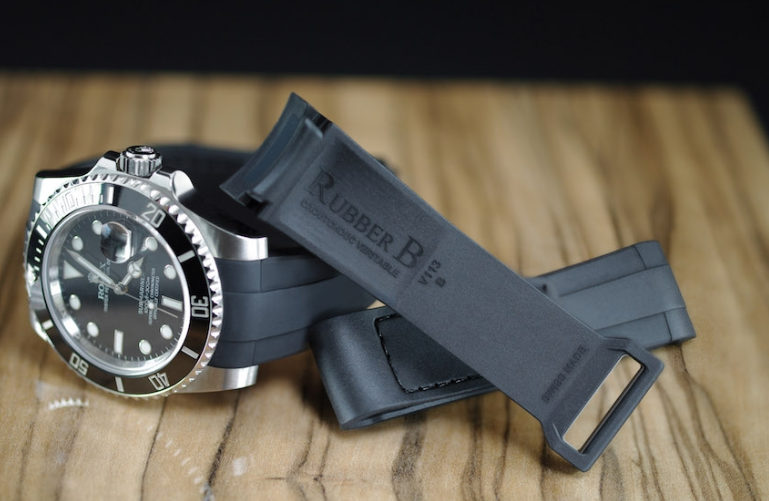
Finally, Rubber B also pioneered the stunning Velcro clasp Rolex Submariner designer watchbands. Powerfully built with Gore-Tenara Marine Thread, this band features the exclusive Velcro® Alfatex® closure provides a comfortable and aesthetically pleasing mount to the Rolex Submariner. Rubber B added a Titanium insert for strength. For more information on this band, click here.
Rubber B makes all of its bands in Switzerland. All bands are pure vulcanized rubber. The Tang Series and the Classic Series each have a wide variety of color options. Rubber B engineered all three bands with Blocked Engineering for a tight fit. All bands are non-toxic, non-marking and non-allergenic. For more information, visit our Rolex Submariner designer bands page here.
Rubber B offers 4 different types of bands for the Rolex Hulk Submariner. Each band design comes with different colors and features. For more information, visit our Rolex Submariner band page here. Every Rubber B bracelet is made from pure 100% vulcanized rubber. All bands are made in Switzerland of the highest standards.
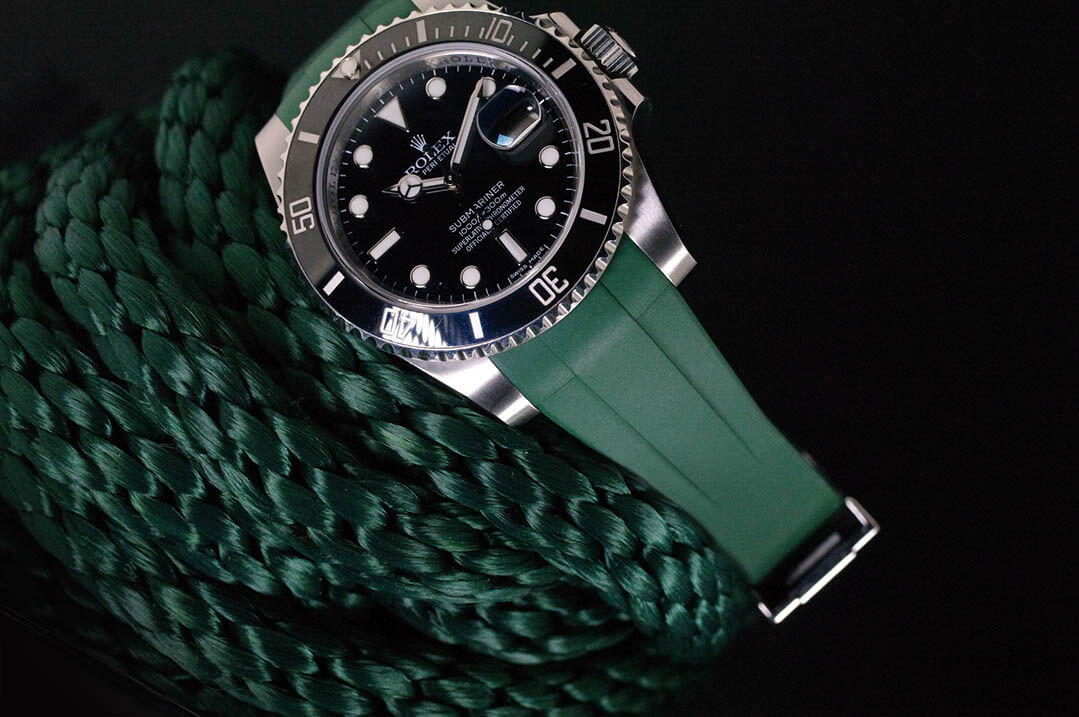
Rubber B has released a tremendous new color into its lineup. Many Rolex Submariner owners have been asking for a Green band to match their Submariner “HULK”, “Kermit” and even all black models. It will match any Rolex Submariner date or no date. The Rubber B Carbon Fiber Series rubber strap engineered to fit Rolex Submariner Ceramic case and Glidelock clasp*.
Our exclusive STRENGTH INFUSION TECHNOLOGY provides upgraded support against the friction, weight, and frequent micro-adjustments made daily to your Rolex Glidelock Clasp. Carbon Fiber molecules are fused within the vulcanized rubber during its mold process. The result is a substantial increase in vertical and lateral stress resistance, while maintaining supple, flexible comfort around the wearer’s wrist.
